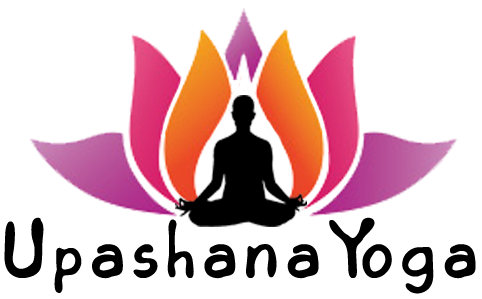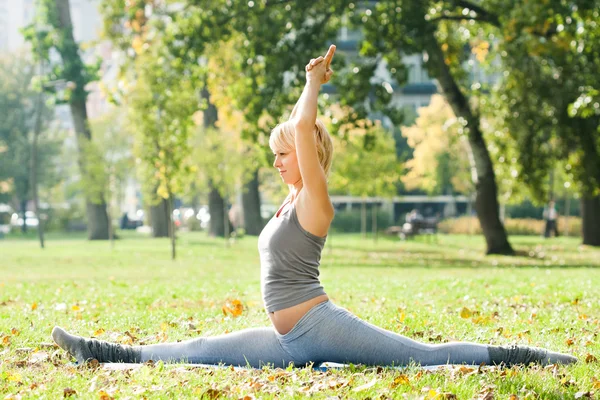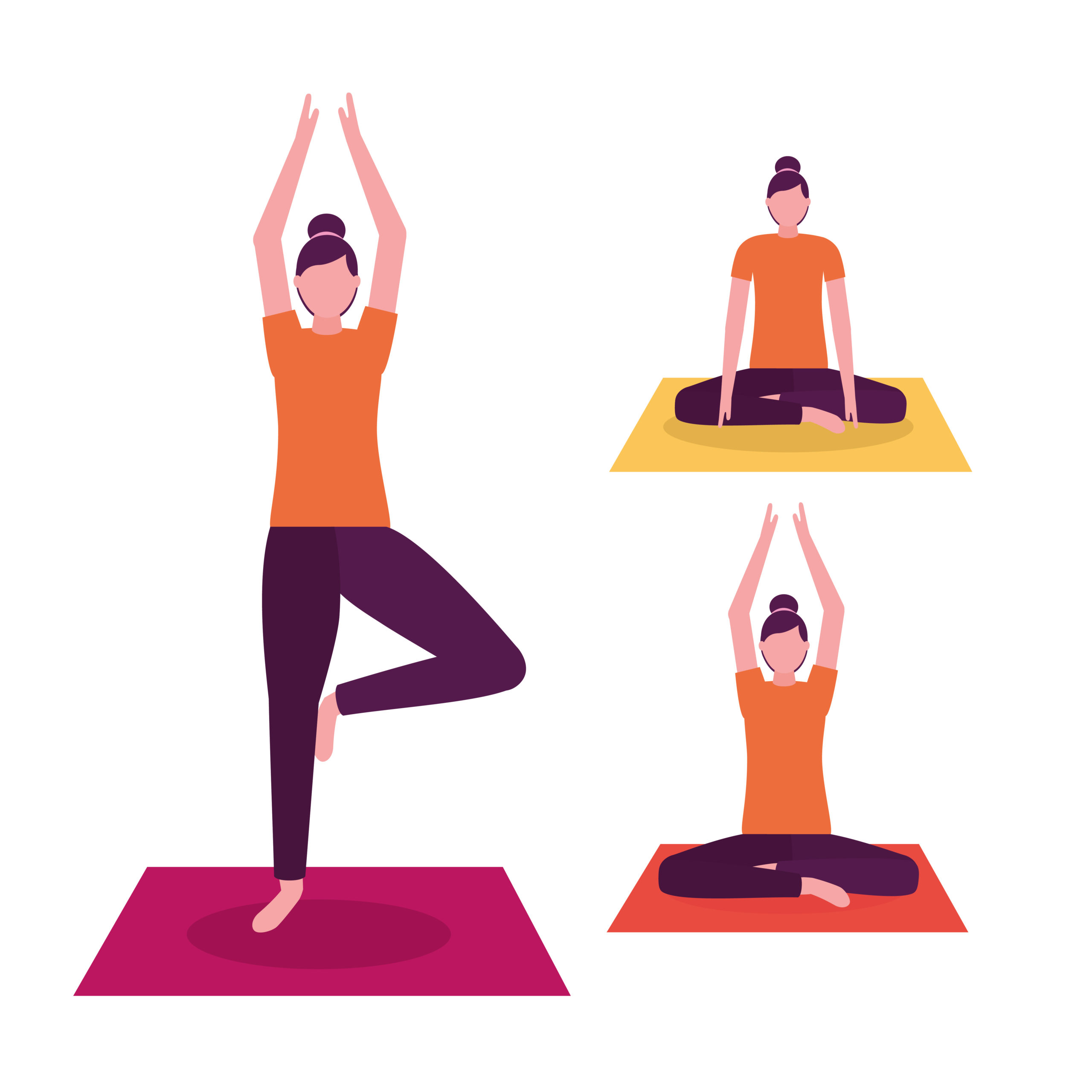
Hanumanasana is a Sanskrit word where Hanuman means monkey, and asana means pose. In English, this asana is called Monkey pose. Hanumanasana is named after the Hindu god Hanuman, who is considered to be the incarnation of a monkey. This is an intermediate-level yoga posture in which the body is bent in the posture of Bajrangbali. The initial posture of this asana is a bit challenging as it also requires flexibility of the body. This asana is done by sitting comfortably on the ground, and continuous breathing and exhalation are also practiced. This asana proves to be very beneficial, especially for women.
What is Hanumanasana ?
Hanumanasana, also known as Monkey Pose or Full Front Split, is an advanced yoga posture named after the Hindu deity Hanuman, who is revered for his immense strength, devotion, and courage. The pose symbolizes Hanuman’s legendary leap from the southern tip of India to the island of Lanka in the epic Ramayana, representing an act of faith, power, and determination.
Hanumanasana is a deep front-split pose that stretches the hamstrings, hip flexors, and groin, while also requiring balance, flexibility, and mental focus. It is a posture that represents both physical discipline and inner dedication.
Preparation Poses Of Hanumanasana:
Before attempting Hanumanasana, practice the following to loosen hips and hamstrings:
- Adho Mukha Svanasana or Downward Dog Pose
- Anjaneyasana or Low Lunge Pose
- Ardha Hanumanasana or Half Split Pose
- Supta Padangusthasana or Reclining Hand-to-Big-Toe Pose
- Baddha Konasana or Bound Angle Pose
Steps To Do Hanumanasana or Monkey Pose:
This is an asana that is very different from other asanas. In the beginning, it is very challenging to practice Hanumanasana. Therefore, in the beginning, Hanumanasana should be practiced for a short time, but in the right way. Let us know the steps to do Hanumanasan.
- Sit on the ground and spread both your legs in two different directions. The knees of both legs should be apart from each other, and the right leg should be forward and the left leg backward.
- Also, make sure that the heels of your feet are touching the ground. After this, take a deep breath.
- After this, exhale and bend your torso forward. During this, your fingers should touch the ground.
- After this, keep your left knee backward in such a way that your right leg touches the ground forward.
- After coming into this posture, raise your arms above your head and join both palms. Take your arms as far upwards as possible and slightly bend the torso and palms backwards. During this, keep breathing normally.
- Remain in this posture for 30 to 60 seconds or as long as you are comfortable.
- After this, keep both your hands on the ground and come back to the previous position.
- Practice this asana by placing the left and right feet forward alternately.
Follow-Up Poses After Hanumanasana:
After practicing Hanumanasana or Monkey Pose or Full Front Split, which is a deep stretch for the hamstrings, hip flexors, and groin, it’s important to follow up with counter-poses that neutralize and stabilize the hips, release tension from overstretched areas, and restore balance in the lower back and pelvis.
- Adho Mukha Svanasana or Downward-Facing Dog.
- Balasana or Child’s Pose
- Ardha Matsyendrasana or Half Spinal Twist
- Supta Baddha Konasana or Reclining Bound Angle Pose
- Setu Bandhasana or Bridge Pose
- Apanasana or Knees-to-Chest Pose
- Viparita Karani or Legs-Up-the-Wall Pose
Hanumanasana Benefits:
This is an upper body asana in which the entire body and abdominal muscles are massaged. There are various health benefits of doing this asana.
Removes Toxins From Your Body:
By doing Hanumanasana daily, the harmful substances deposited inside the body are removed. Apart from this, this asana works to massage the abdominal muscles and improve digestion. Therefore, this asana is done to keep the body clean and remove contaminated, harmful substances from the body.
Beneficial For Pregnant Women:
This asana is very beneficial for pregnant women as it reduces labor pains and makes the process of giving birth to a child easier. Women who practice this asana in the first trimester of pregnancy do not have much difficulty in giving birth to a child.
Beneficial For Sciatica:
Regular practice of Hanumanasana provides relief from sciatica pain. This asana strengthens the muscles of the hips and lengthens them. This asana is especially beneficial for relieving sciatica pain.
Beneficial For Insomnia:
Hanumanasana is very beneficial for people who have trouble sleeping at night. The process of inhaling and exhaling during this asana reduces stress and anxiety and provides relief to the brain. Therefore, this asana is very effective in relieving insomnia.
Improves Blood Circulation:
This asana increases blood flow throughout the body. Hanumanasana improves blood flow in the legs and buttocks. Therefore, people who do not have good blood flow in these organs should practice this asana.
Beneficial For Infertility:
This asana works to increase blood flow in the pelvis and also works to lightly massage and tone the reproductive organs. This asana reduces the tension of the opening of the buttocks and helps remove the problem of infertility in women.
Beneficial For Weight Loss:
Since doing this asana exercises the entire upper part of the body, it especially tightens the abdominal muscles and helps in reducing excess fat. This asana is very beneficial in reducing the fat of the stomach, buttocks, and thighs.
Monkey Pose Benefits for Asthma:
During this asana, continuous breathing and exhalation open up the lungs well and reduce the risk of an asthma attack. Practicing Hanumanasana daily cures respiratory diseases.
Precautions of Hanumanasana or Monkey Pose:
While practicing asanas, some points should always be kept in mind because, as much as yoga or asanas are beneficial for health, practicing asanas can also be harmful if there is any particular problem in the body. Therefore, take these precautions while practicing Hanumanasana.
Hanumanasana is not a common an asana, so instead of doing it on your own, consult a doctor because if this asana is not done properly, it can also cause pain in the entire body.
- If there is any kind of injury in the body, then avoid practicing Hanumanasana.
- If there is pain in the legs or joints, then Hanumanasana should not be practiced.
- If there is any injury or pain in the back or waist, then this asana should not be done otherwise, the problem of the spine can increase.
Conclusion:
Hanumanasana is more than just a physical posture; it’s a powerful expression of devotion, strength, and courage. Rooted in the legendary leap of Lord Hanuman, this pose challenges both the body and the mind, demanding flexibility, focus, and patience. It deeply stretches the hamstrings, hip flexors, and groin, while opening the heart and encouraging a mindset of surrender and faith.














Leave a Comment